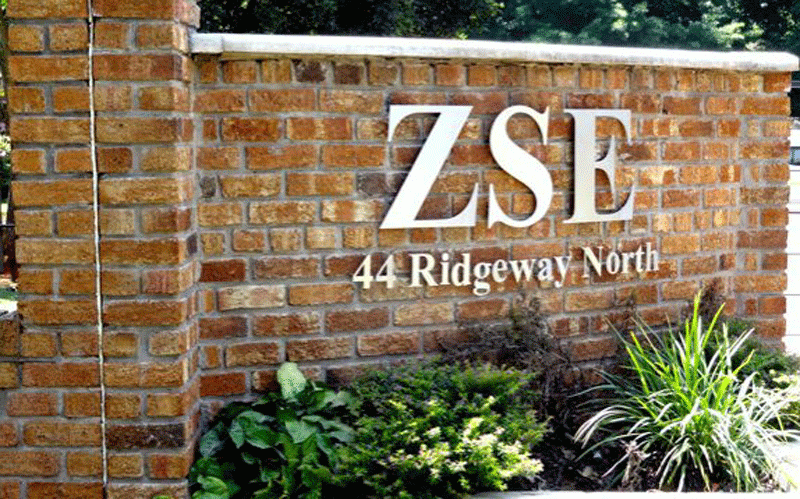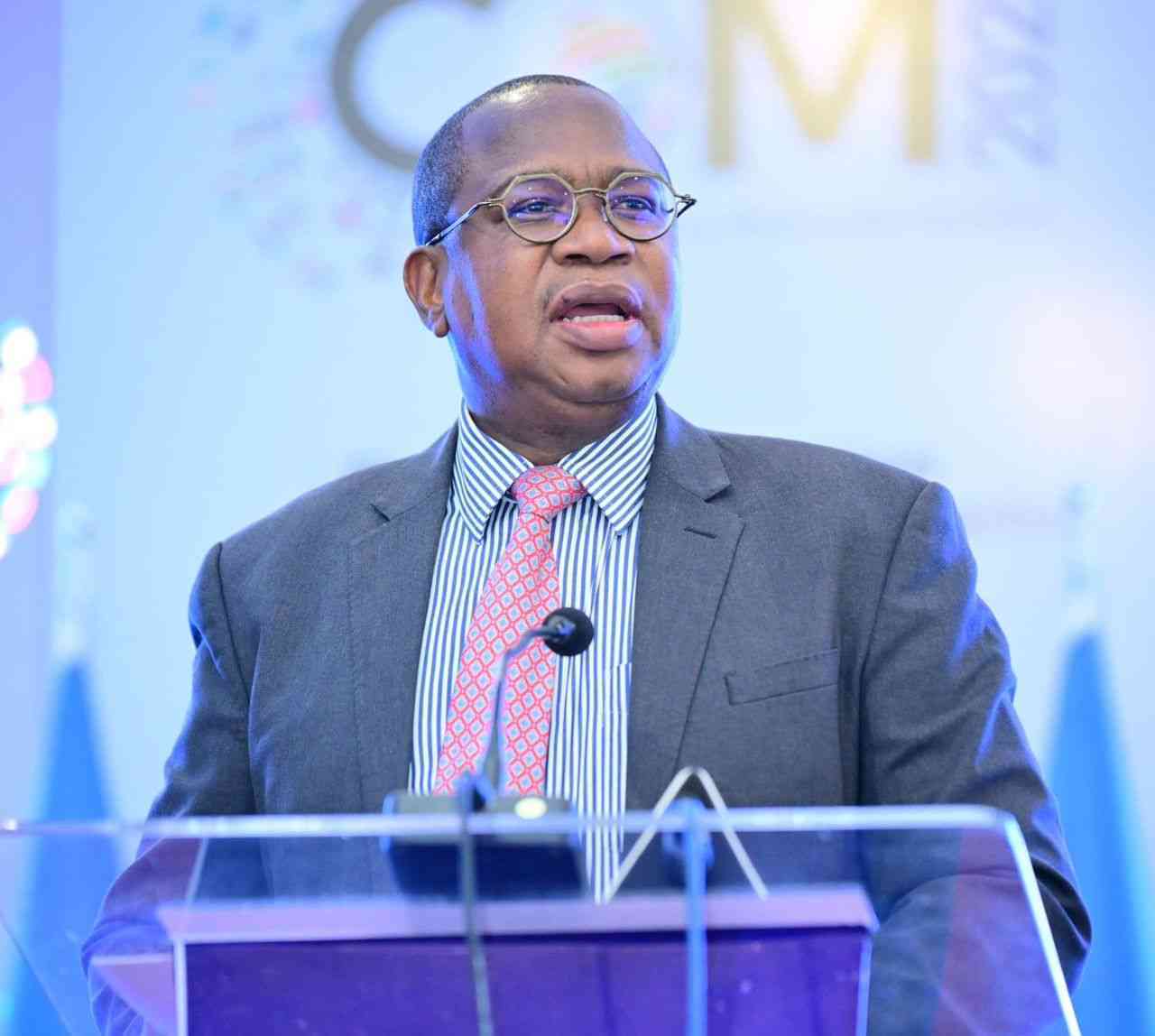
RISK and return are two of the most important concepts in investments. Risk is the potential for loss or gain associated with an investment, while return is the value earned or lost on an investment.
In theory and in practice, the two have a positive correlation, and this relationship is one of the most fundamental principles in finance and investing as investors typically expect to receive higher returns for taking on greater risks.
It is, therefore, imperative for an investor to assess risk associated with an investment by understanding the volatility level of that investment as volatility is also positively correlated to risk and return. The Zimbabwe Stock Exchange is one of the most volatile markets in the worlds, susceptible to high magnitudes of stock movement owing to the high risk of doing business in Zimbabwe.
The market was mainly exposed to greater heights of volatility in 2020 following a rampant inflation as well as the gazetting of the Zimbabwean dollar (ZW$) as the reporting currency in the country. The country has been subject to policy inconsistency, rampant inflation, runaway exchange rate and generally high uncertainty. These weak economic fundamentals have negatively weighed on investment options in the country, and thus prospective investors were left with the traditional investment class, stocks, as the main investment vehicle.
This means investors, who were looking forward to preserve value as well as investors looking forward to cash out gains all had to resort to the stock market.
In 2020, the increased volatility on ZSE saw the bourse garnering more than 1000% nominal returns, which translated to over 400% gains in USD terms. This was sustained in 2021 as the market recorded an over 100% return in USD terms. However, the volatility was not in favour of investors in 2022 as the bourse plunged by over -72% in USD terms.
Diversification and portfolio optimisation led to a bloodbath on ZSE in 2022 as investors reduced their exposure on ZSE, which was hit by harsh policy measures from the government, and diversified portfolios into new options that were introduced by the government, including gold coins and the Victoria Falls Exchange (VFEX). This led to heightened sell-offs on ZSE, which dragged down stock prices to an all-time low.
Following a sustained policy consistency in 2023, along with notable economic improvement owing to the 2022 monetary policy, investors have once again started increasing their exposure on ZSE, neglecting other investment vehicles and thus increasing risk by focusing on one asset class.
- Mayhem as schools reject Zimdollar fees
- Inaugural Zim investor indaba highlights
- Stop clinging to decaying state firms
- Prices continue to skyrocket
Keep Reading
This has resulted in a notable increase in demand since the beginning of 2023, and has seen the market garnering over 40% nominal return on a YTD basis. This translates to a 9.5% return in USD terms, which is the second highest market return in Africa after MSE (Malawi), which is hovering around 12%.
Comparable stock exchanges include the JSE (South Africa), which started the year on a positive note as it recorded almost 8% gains by end of January and has to-date trimmed the gains to a mere 2%. The volatility on ZSE stems from inflation, which is currently the highest in the world.
In an inflationary economy, investors risk value loss as the currency depreciates on a regular basis. The risk lies on the ability of the market to outpace inflation, which is subject to liquidity levels. This is where the above normal stock movements emanate from.
Owing to abundant liquidity in 2020 and 2021, the ZSE significantly outpaced inflation, which it failed to do in 2022 amid a contractionary monetary policy.
The relaxed policy in 2023 will again see the market revamp assuming policy consistency. Relatively, countries with low inflation like South Africa (6,9%) and Ghana (53,6%), despite having a huge market capitalisation and stable economic fundamentals tend to have very low stock returns due to low risk on investment.
- Duma is a financial analyst and accountant at Equity Axis, a leading media and financial research firm in Zimbabwe. — [email protected] or [email protected], Twitter: TWDuma











